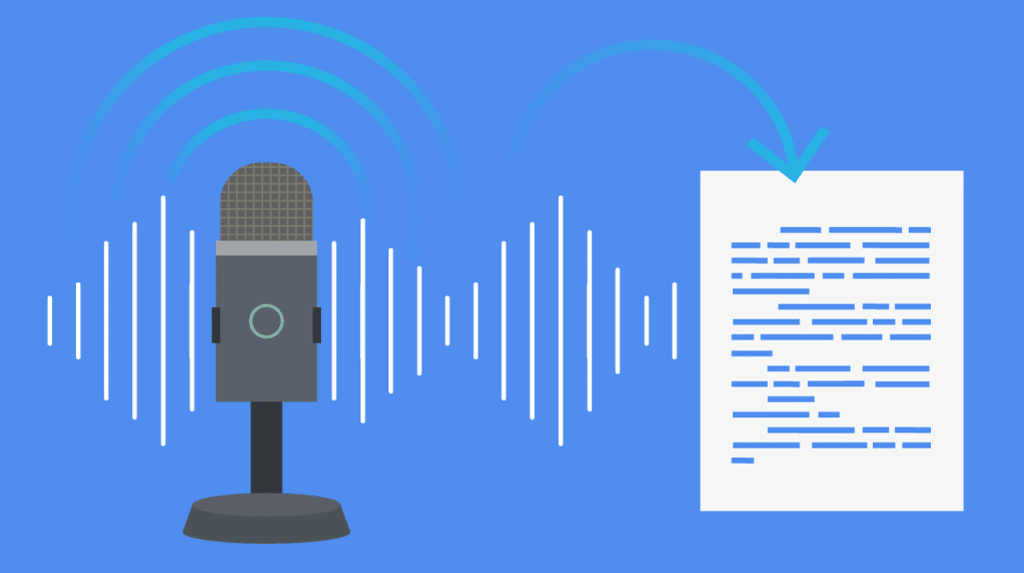Use our comprehensive guide to easily learn how to transcribe audio files. We cover everything, from selecting the best transcription software to proofreading. Whether you’re working with interviews, podcasts, or audio books services, we’ve got you covered.
Transcription by hand is tedious. In addition to taking a lot of time, it is also incredibly dull.
As you laboriously type out every word while rewinding and fast-forwarding your audio, you’re asking, “Wait, what did they say? Could they speak a bit more slowly?”
We offer our sympathy to anyone who has ever been in this situation. There must be a better way, to paraphrase our favorite infomercials!
For this reason, we have created this guide to demonstrate how to efficiently and painlessly transcribe audio files, making it especially useful for those handling audio books services.
Four Methods for Turning Audio to Text
You need to convert an audio file to text format. Our guide shows you how to efficiently convert audio to text with ease. This is a problem that many content producers encounter. Here’s how to approach it directly:
Transcription by hand: The practical approach
When you manually transcribe, you listen to the audio recording and type out every word you hear. The process is as simple and time-consuming as it seems.
Advantages:
- The precision is in your hands.
- No specialist software is required.
- Permits subtlety in editing and punctuation.
Cons:
- Your workflow is extended by hours.
- Demands a large amount of audio playback.
- Demands a great deal of focus.
- Resource-intensive.
Software for automatic transcription: effectiveness and speed
Algorithms are used by automatic transcription software to turn spoken utterances into written text. It’s the tech-savvy method of accomplishing tasks. For journalists, doctors, content producers, and anybody else who needs fast, precise transcriptions, it’s a practical answer.
Advantages:
- Fast turnaround.
- Economical.
- High precision for crystal-clear audio.
Cons:
- Has trouble with background noise and accents.
- Frequently charges a per-minute cost or membership.
- It may result in errors, depending on the quality of the program.
Experts’ choice: human transcription services
Sending your audio recordings to a business where transcriptionists create them for you is known as human transcription services. These experts carefully transcribe the audio, taking context, accents, and subtleties into consideration. Human transcription services are frequently used in the legal and medical fields where precision is crucial.
Advantages:
- Exceptionally precise.
- Able to manage intricate audio files.
Cons:
- Pricey.
- Longer wait periods.
- There are more logistics to arrange with outside teams.
Mobile voice-to-text applications: With transcription in your pocket
iOS and Android voice-to-text apps leverage the built-in voice transcription features of your phone. Without the need for additional equipment, these apps provide the simplicity of turning spoken speech into text. You practically have transcribing at your fingers.
Advantages:
- Practical for short jobs.
- No extra expense.
- Excellent for creating material while on the fly.
Cons:
- Features are limited.
- Might not be accurate.
- It might not be the finest quality.
Every one of the four approaches has pros and cons of its own. However, if you’re looking to convert audio book to text, automatic transcription software is frequently the best option for efficiency and speed.



